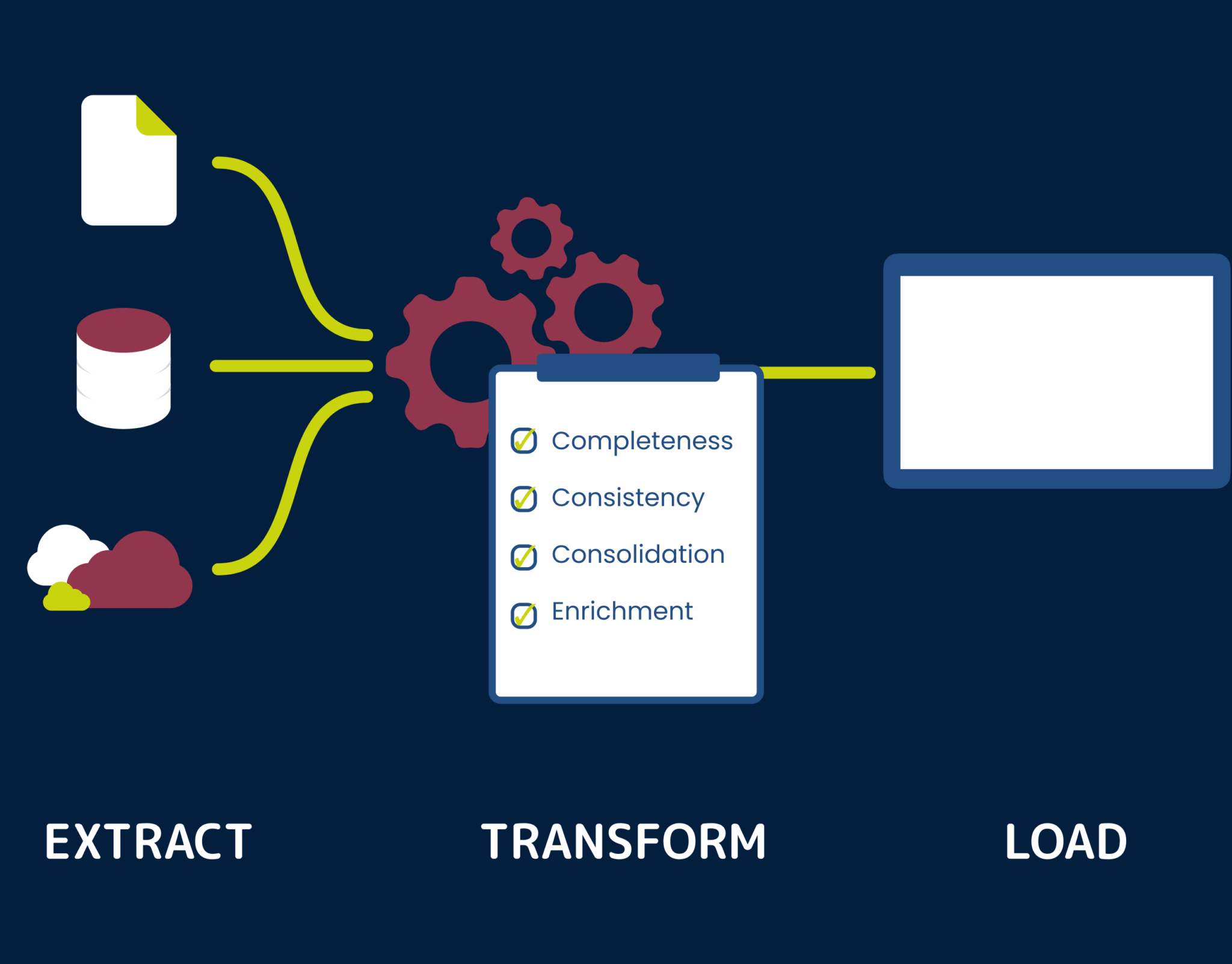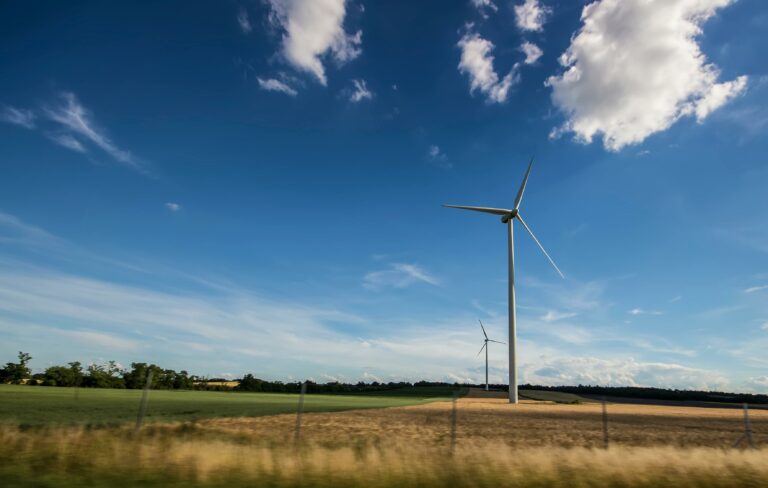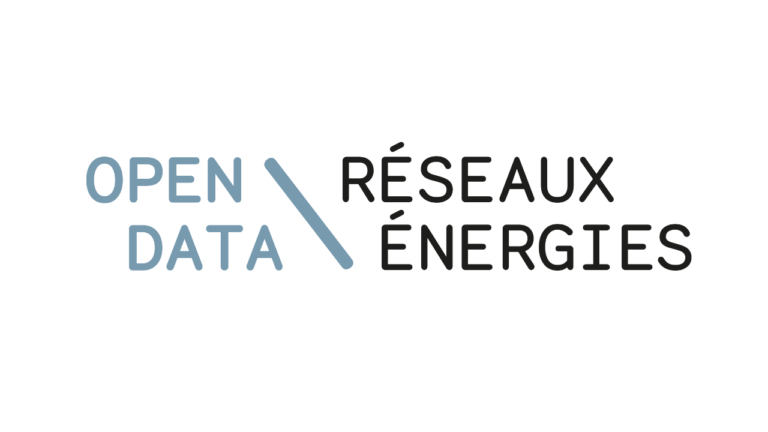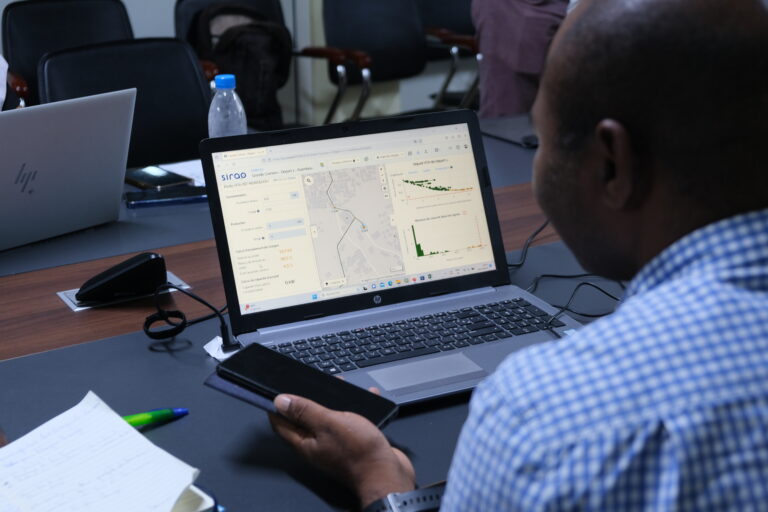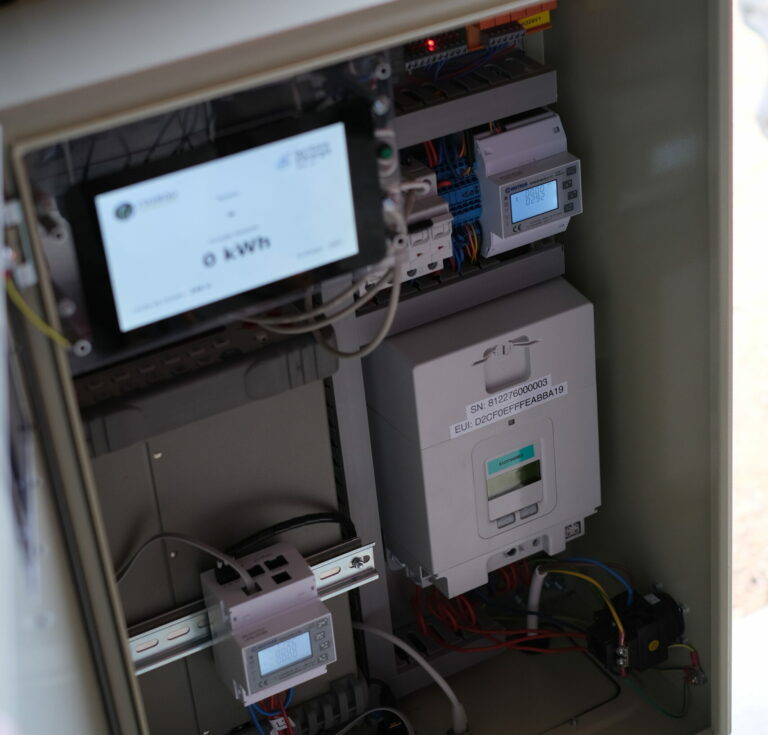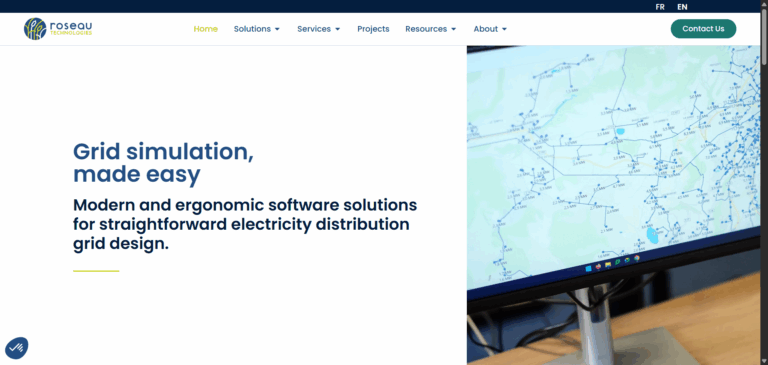Grid simulation,
made easy
Modern and ergonomic software solutions for straightforward electricity distribution grid design.
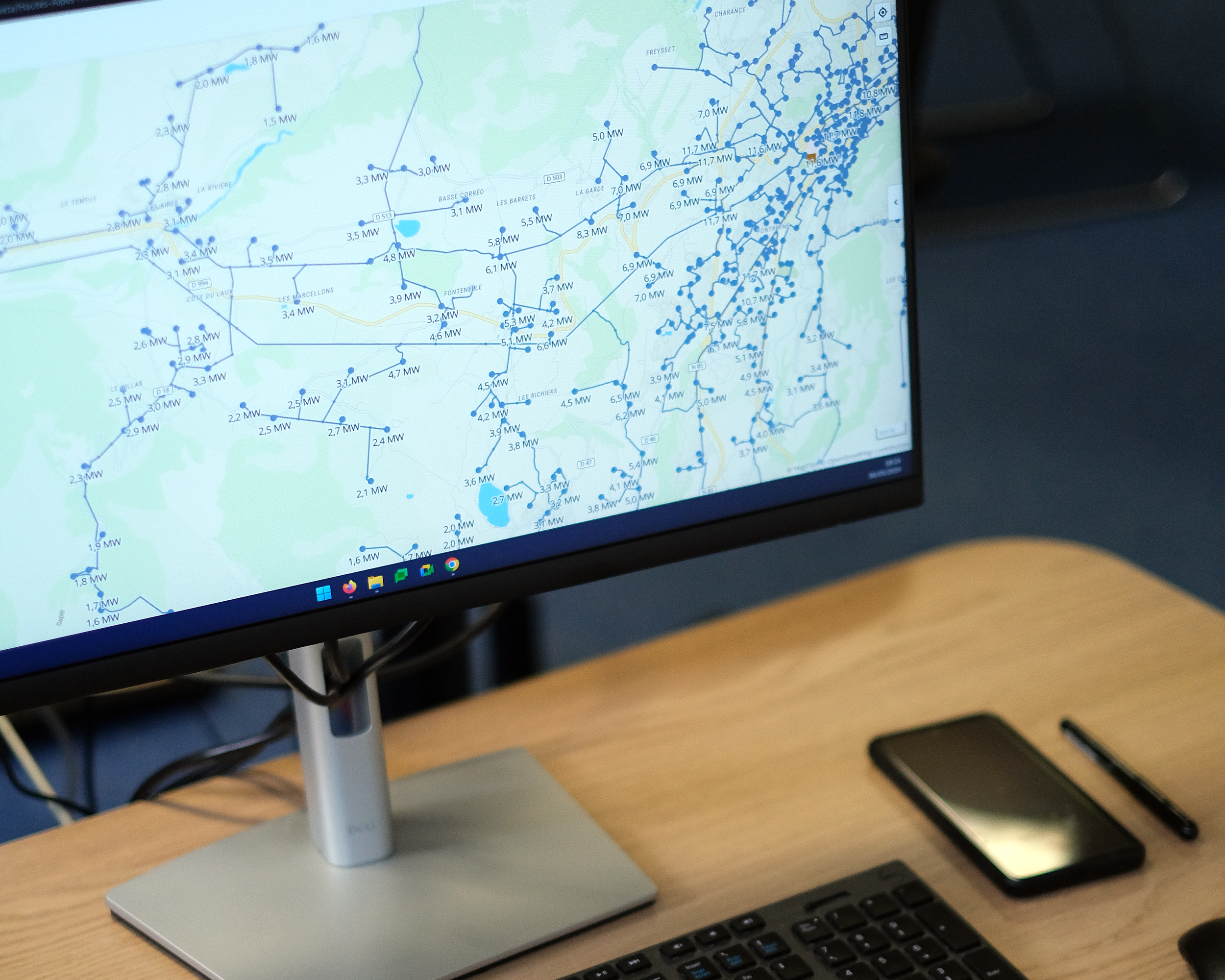
Discover how Roseau Technologies supports Distribution Network Operators in the digital transformation of their activities.
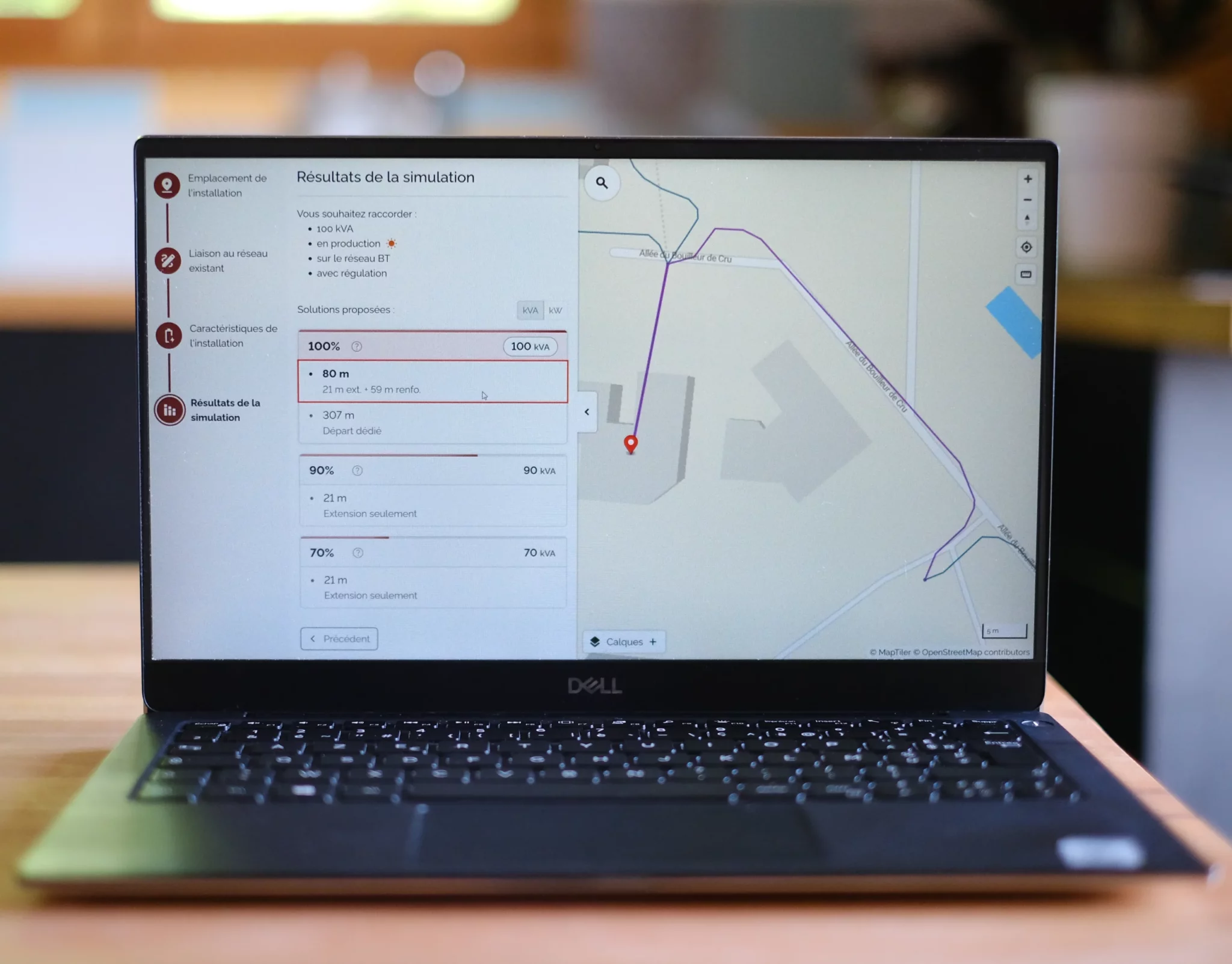
Streamlining Connection Request Processing
Distribution Network Operators face an increasing volume of requests.
As the energy transition accelerates, the number of grid connection requests increases year after year, and the necessary studies become increasingly complex as network hosting capacities become scarce.
This situation creates a critical backlog for Network Operators, who face a progressive saturation of their study and processing capacities.
What Roseau Technologies Offers
Berenis is an intuitive web application that enables your teams to get a connection solution in just a few clicks.
Visualize your network’s hosting capacities, anticipate the impact of new projects, and boost productivity by quickly pre-qualifying network connection requests.
Network Data Processing
Electrical Models are Essential for Conducting Network Studies
Connecting renewable energy sources or electric vehicle charging stations, network reinforcements, extensions… The departments responsible for studies at Distribution Network Operators daily use electrical engineering software.
Using these tools requires providing an electrotechnical description of the network under study. Distribution Network Operators thus face a major challenge: ensuring the integration and constant updating of electrical models to guarantee the reliability of their analyses.
We Create the Electrical Model of Your Network
Ensure the quality of your electrotechnical calculations with up-to-date network models! We transform your electrical distribution data (mapping, customer data, operations, etc.) into accurate network models ready to feed into your calculation software. Increase efficiency and reliability in your analyses.
